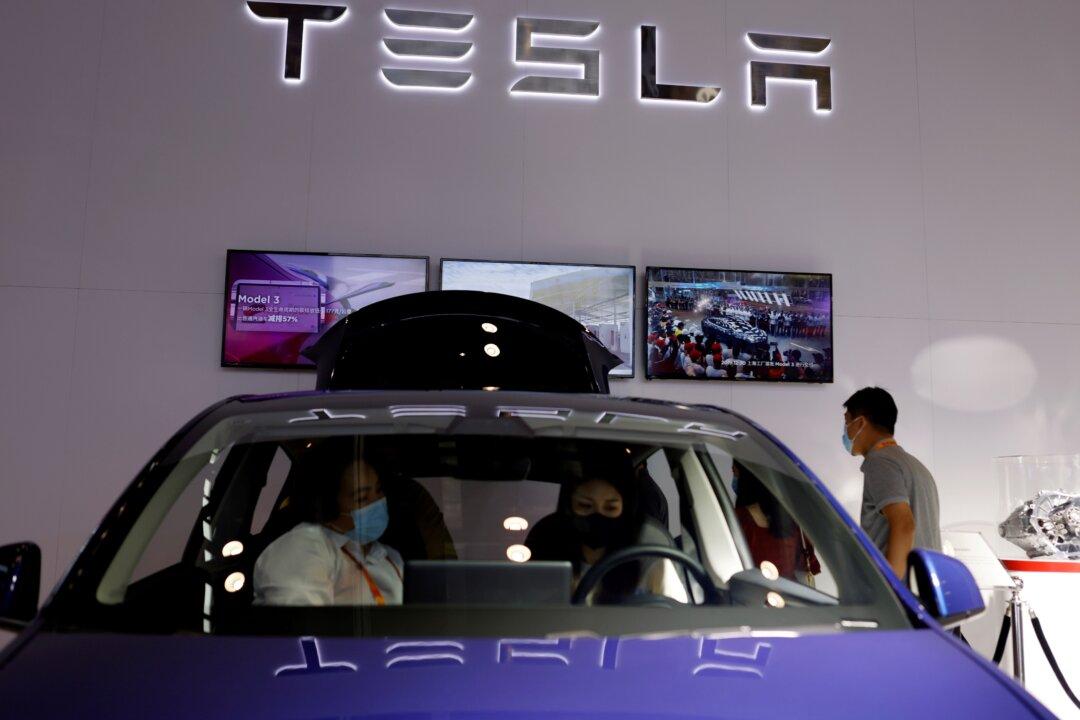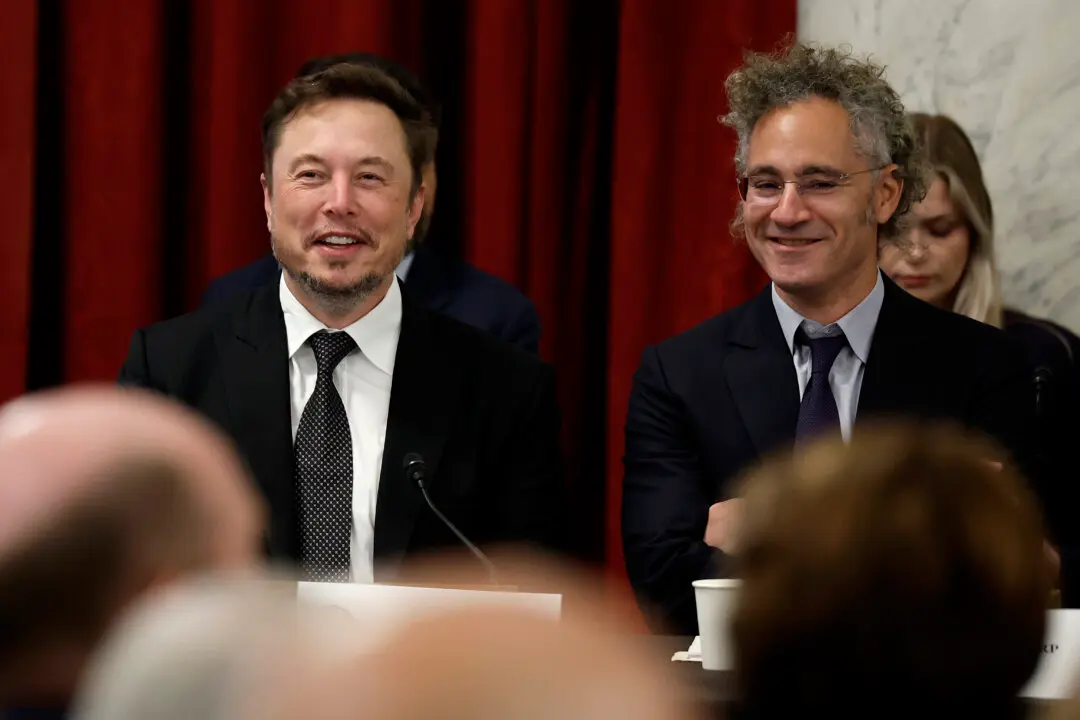China is now experiencing deflation as its economy struggles with declining exports and imports. Complicating matters further, China’s official purchasing manager index (PMI) has declined for four straight months and is now at its lowest level in a year. A prolonged housing crisis from overbuilding is also contributing to the deflationary pressure in China.
This Chinese deflation is expected to be exported to the U.S., especially in the Producer Price Index (PPI) that will be announced on Friday due to falling goods prices. The Consumer Price Index (CPI) will be announced on Thursday and might rise slightly due to higher energy prices.





